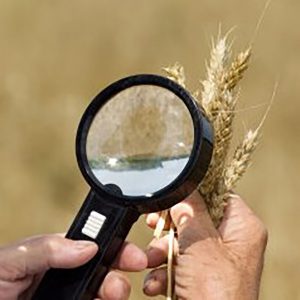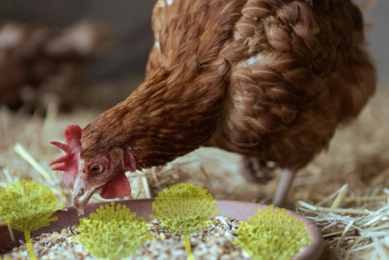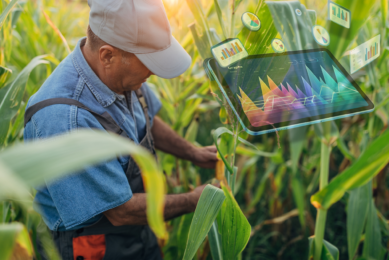Ongoing mycotoxin risks in key regions, survey finds

Effective mycotoxin management strategies are needed to ensure the feed and animal protein production sectors maintain profitability.
That was the stark message from dsm-fermenich in the light of the latest 9 month mycotoxin report (January-September), which found high levels in many parts of the world.
A total of 17,675 samples were collected and analysed from 91 countries. The results concluded that deoxynivalenol (DON), fumonisins (FUM) and zearalenone (ZEN) are most frequently found, with the highest regions of mycotoxins found in North- and Central America, South Asia and China and Taiwan.
The persistent presence of mycotoxins continues to pose a threat to animal welfare, productivity, and sustainability in agriculture. These results once again underscore the critical need for effective mycotoxin management strategies. Implementing such strategies is crucial for maintaining the profitability of both the feed industry and animal protein production sectors.”
Ursula Hofstetter, Head of Mycotoxin Risk Management at dsm-firmenich
Most affected area
China/Taiwan was the most affected area seeing a total risk percentage of 90% with the presence of FUM in 93% of samples, DON 84% and ZEN 76%. South Asia at a total risk of 83% with the presence of Afla in nearly threequarters of samples (73%), T2 (65%), OTA (63%) and FUM (57%).

The Americas
Both Central America and North America recorded high levels of mycotoxins. In Central America the risk percentage was 80% with ZEN (82%), FUM (78%) and DON (69%), while in North America the total risk rate was 75% with ZEN (75%), DON (71%) and FUM (49%) recorded.
Africa
South Africa and sub-Saharan Africa had risk percentage levels of 66% and 67% with DON being the most prevalent mycotoxin. South America had a similar percentage level (65%) but there was a higher percentage of FUM than DON in the region.
European levels
Risk levels in Europe were slightly lower – 64% for southern Europe, 51% for central Europe and 47% for northern Europe.
Oceania
At the other end of the scale, prevalence in Oceania and Central Asia was much lower at 8% and 14% respectively.
Sample tests from the firm’s Spectrum 380 and Spectrum Top 50 showed that there were an average of 49 mycotoxins or metabolites per sample and 10 out of 10 samples were contaminated with Fusarium toxins. Of the 829 samples tested in this way from 34 countries all contained more than 10 mycotoxins.
2024 Harvest Analysis
Meanwhile, Alltech will release its 2024 Harvest Analysis at a live broadcast event from its US headquarters in Lexington, Kentucky today (21 November). Preliminary analysis of corn silage samples in the US has revealed a high increase in mycotoxin contamination compared to last year, due to the wet weather in 2024. All samples taken contained 2 or more mycotoxins.
Dr Max Hawkins, technical support manager with Alltech’s mycotoxin management team, said: “The weather pattern for 2024 is a prime driver for the change in corn silage mycotoxin risk. The precipitation over the upper Midwest started early and, in many areas, delayed planting or caused replanting.
“This excess moisture is a stimulant for Fusarium mould growth, which can produce mycotoxins such as type B trichothecenes, emerging mycotoxins and zearalenone. Overall, the numbers of mycotoxins per sample are 8.3 for 2024 versus 5.3 for 2023. The risk equivalent quantity or risk estimate, from all the mycotoxin present is 201.6, or higher risk, versus 122.7 for 2023.”











